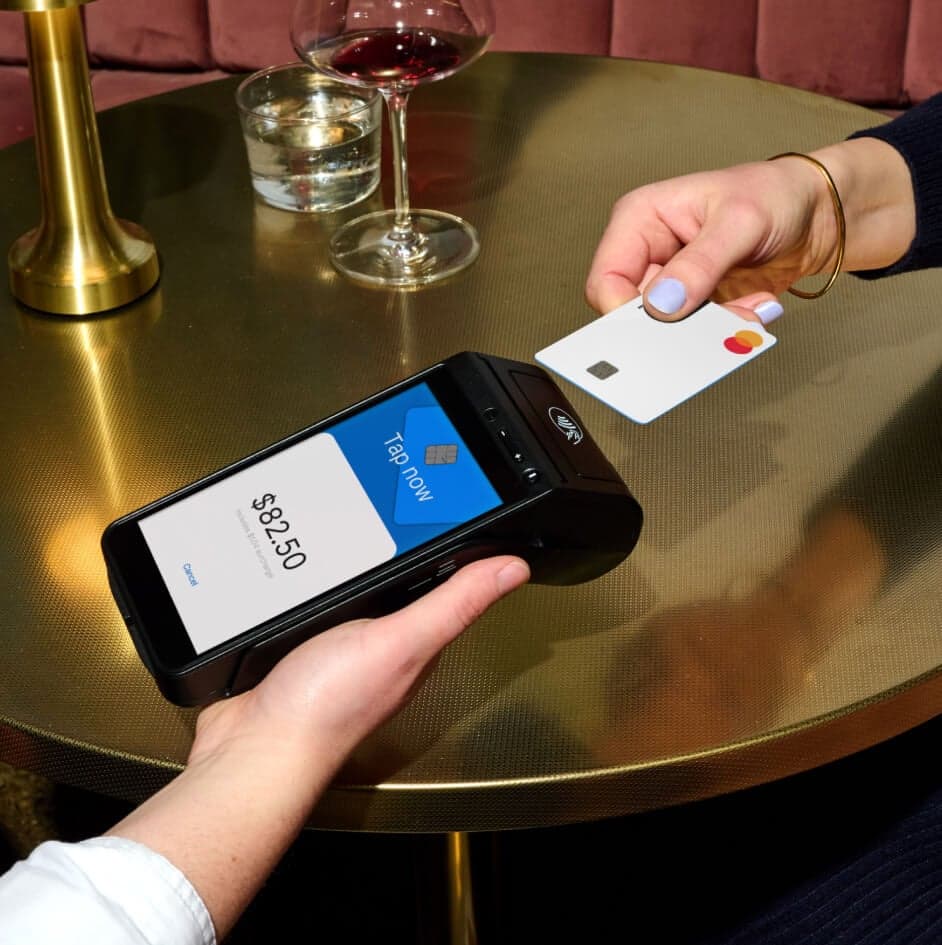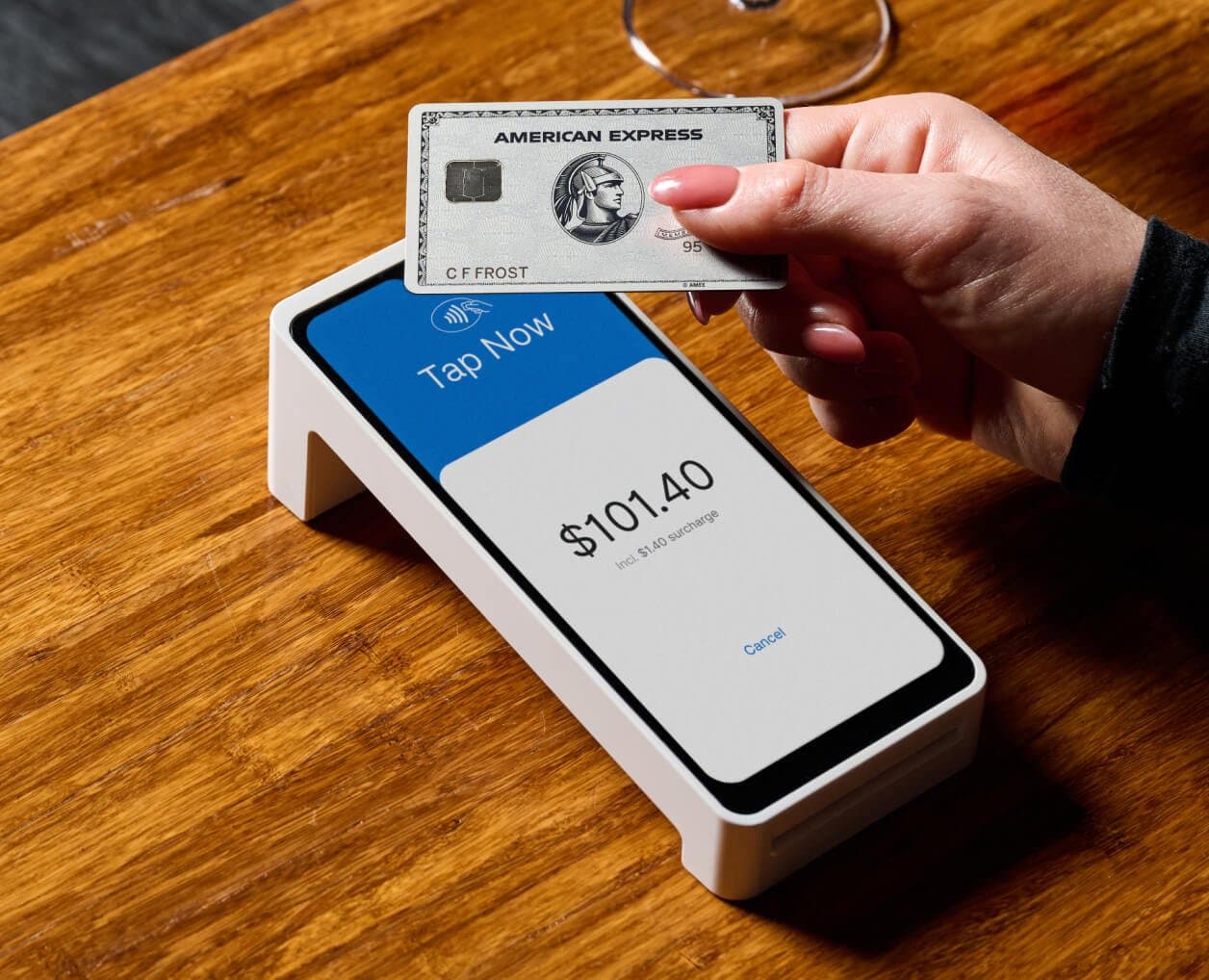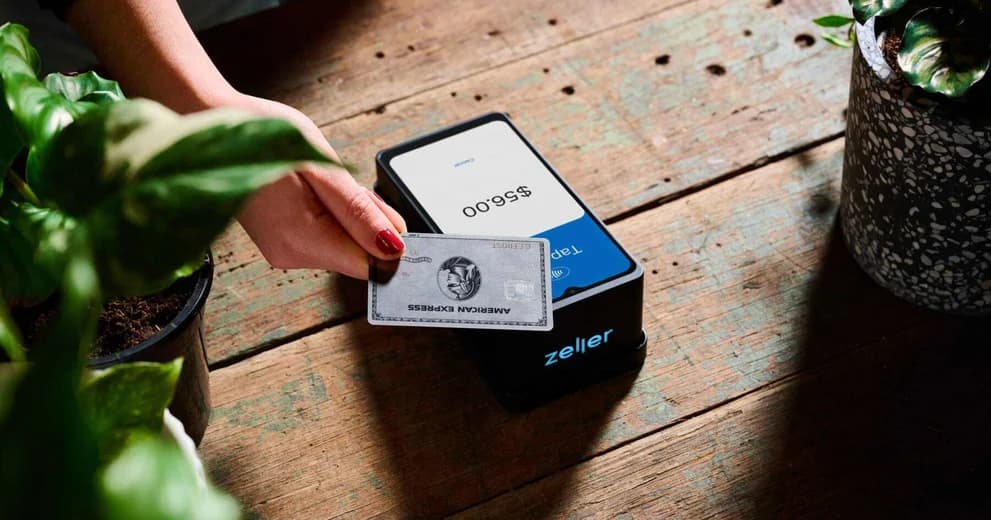
- EFTPOS & Point of Sale Solutions
Understanding Chargebacks: A Guide for Australian Businesses
At best, chargebacks are frustrating. At worst, they are costly disruptions that can harm your bottom line. Understanding why chargebacks occur – whether legitimate or fraudulent – is key in helping you prevent them. Read on to discover everything you need to know about chargebacks, and the necessary steps you can take to avoid them.
What is a chargeback?
A chargeback is a form of customer protection that allows them to file a dispute against a merchant, with the aim of having a charge returned to their card. In the simplest terms, it is a type of payment dispute that results in a refund. However, instead of your business providing a refund directly to the customer, the customer’s bank reverses the charge, removing money from your bank account and placing it back with the customer. Effectively, a customer can get money back without your agreement, or even involvement. Chargebacks are a way to ensure customers are protected against dishonest or fraudulent businesses, however, they can also be exploited by dishonest customers or criminals using stolen credit card information to pay for goods or services.
How do chargebacks work?
When a customer requests a chargeback from their bank, the bank investigates the issue by contacting the vendor business. If the business is unable to provide adequate evidence that the product or service was in fact provided as promised, the bank will reverse the charge on the customer’s credit card. Usually, the chargeback process goes as follows:
The cardholder notices a transaction that they believe is unauthorised, fraudulent, or erroneous and contacts their bank or credit card company to dispute the charge and request a chargeback.
The card issuer investigates the dispute by requesting additional information such as receipts, order confirmations, shipping details, or any communication between the cardholder and the merchant.
If the card issuer determines that the cardholder's claim is valid, they proceed with the chargeback process.
The disputed charge is then debited from the merchant’s account and is credited back to the cardholder’s account.
The merchant is notified of the chargeback and may be given the opportunity to respond and provide additional evidence to dispute it if they believe the chargeback is unwarranted.
If the chargeback is upheld, the merchant loses the disputed funds, and they may also incur a chargeback fee.
The impact of chargebacks on businesses.
Not only are chargebacks a source of anxiety for merchants, but their cost to your business is actually much greater than just the revenue of the sale.
Chargeback fees
Chargeback fees are fees imposed on merchants by banks or payment processors to cover the costs associated with processing chargebacks. When a chargeback occurs, the merchant may be charged a fee, regardless of whether the chargeback is ultimately resolved in their favour or not. In Australia, chargeback fees range from around $25 to $40 per chargeback.
Lost merchandise
In the situation where a cardholder receives a product, and initiates a chargeback process, the cardholder is usually obligated to return the merchandise, however this is not guaranteed. If the merchant loses a chargeback in addition to forfeiting the product, the cost to their business is doubled as they cannot resell it or recoup its value.
Operational and marketing costs
Whether you’re selling a product or a service, a lot of work happens before it reaches the customer. From packing and shipping to managing inventory and staff, countless hours are spent preparing the customer’s final product, and time is money. What’s more, a sale doesn’t always come for free. Money spent on marketing also disappears every time a charge is reversed.
Unlike other financial service providers, Zeller will not charge your business additional chargeback fees, and our dedicated Account Services team will work with you to compile information to help you defend the chargeback, too.
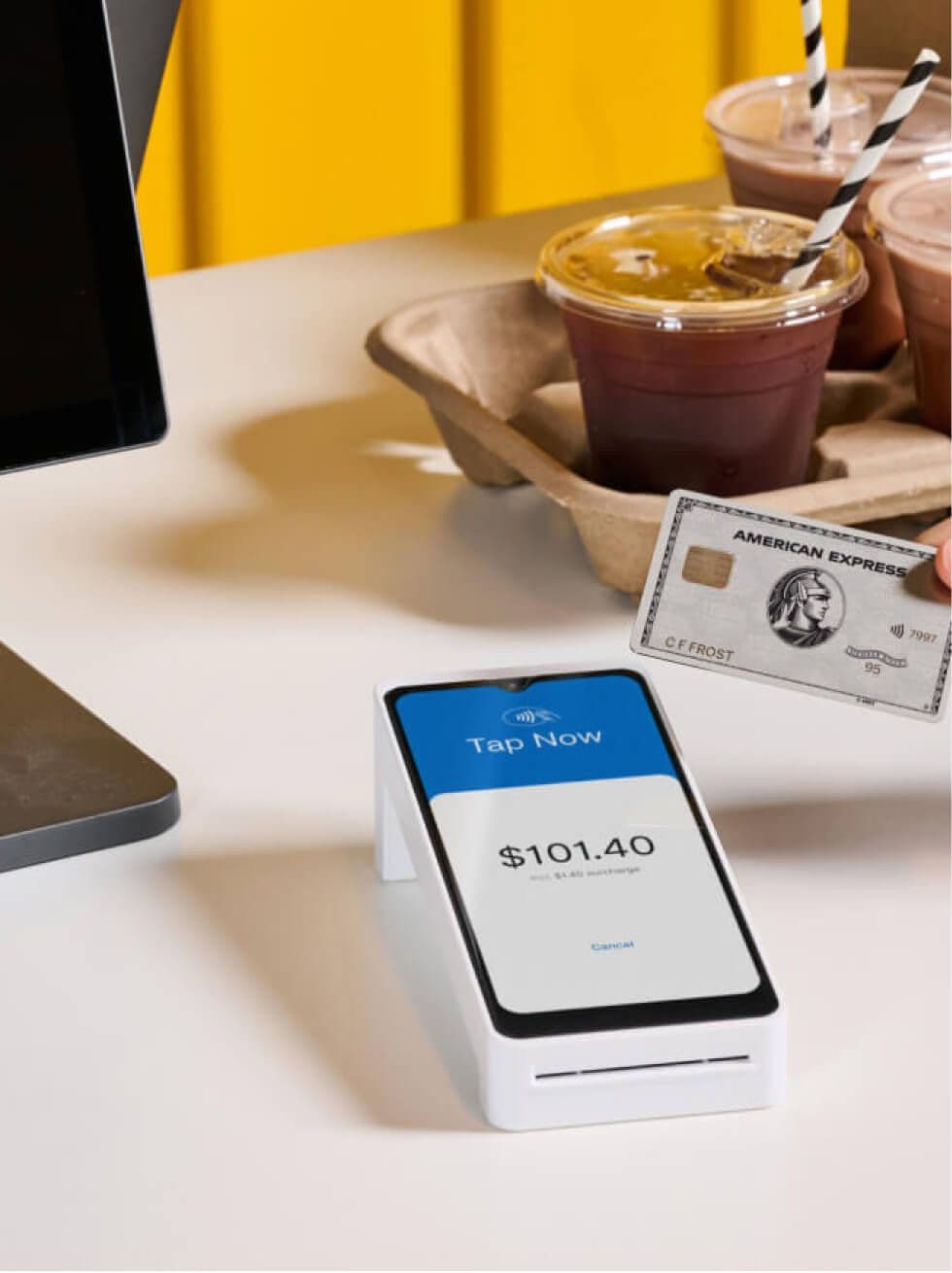
6 common reasons for chargebacks and how to avoid them.
1. Unmet expectations
If the item or service that a customer pays for is defective or not as described, they can request a chargeback. How to avoid this kind of chargeback:
Ensure all product descriptions – whether on a website or in store – are accurate;
Use photography that clearly and accurately shows the product;
Publish accurate size guides, if selling online;
Carefully check products for defects before sending them out for delivery.
2. Onerous or unclear returns policy
If a customer cannot find your returns policy, or if the policy is unclear, they can request a chargeback. How to avoid this kind of chargeback:
Make your returns policy clear and straightforward;
Ensure your returns policy is visible on your receipt, website, and in-store;
Make it easy to contact your business by publishing a customer service phone number or email address on your website and receipt.
Learn how to customise your receipts with Zeller here.
3. Unrecognisable business name
If a customer sees an unfamiliar name on their credit card statement, they may request a chargeback. How to avoid this kind of chargeback:
Ensure your business name is clearly and consistently written across your website, receipts, marketing material, and in-store;
Check that how your business name appears on bank statements is clear and up to date.
Learn how to change how your business name appears on their bank statements here.
4. Inefficient service or delivery
If a customer’s product takes much longer to arrive than anticipated, or if a service takes longer than expected, they may request a chargeback. How to avoid this kind of chargeback:
Where possible, provide tracking information for shipments and send updates if there are any delays or issues with the order;
For high-value items, request a signature upon delivery;
Ensure that all terms of service and delivery timelines are clearly communicated to customers, both on your website and in any confirmation material you send them;
Offer prompt and responsive customer support
Keep detailed records of any communication with your customers or shipping documentation, which could be used as evidence in the case a charge is disputed
5. Chargeback fraud
If a dishonest customer wants to avoid paying, while still keeping the purchased goods or services, they might falsely claim that the transaction was unauthorised and request a chargeback. This is what is known as chargeback fraud. To avoid this kind of chargeback, it’s important to have a process for documenting evidence that your agreed upon product or service was provided. How to avoid this kind of chargeback:
Take a photo of your goods in their packaging before they are sent. If providing a service, ensure to take photos or screenshots of the finished work.
Ensure your customer signs a contract upon completion of any work.
Provide your customer with clear, itemised receipts.
If the product is being shipped, provide tracking details and request the customer’s signature
6. Stolen card information
If a criminal uses stolen payment information to make an unauthorised purchase, the legitimate cardholder may discover the transaction on their statement, and initiate a chargeback. How to avoid this kind of chargeback:
Wherever possible, encourage customers to pay in person rather than over the phone. Fraud rates are considerably lower with card-present transactions compared to card-not-present transactions.
When you do have to process over-the-phone payments (otherwise known as MOTO payments), we recommend requesting extra details to help ensure the person making the payment is in fact the legal cardholder, such as their full name, billing address, and some form of ID.
If the product is being shipped, provide tracking details and request the customer’s signature (especially if payment has been made by MOTO).
Consider taking payment via Zeller Virtual Terminal or Zeller Invoices, which incorporate an additional layer of security (3DS), which asks customers to verify the payment via their banking app.
Zeller monitors your transactions around the clock — 24 hours a day, 7 days a week — to help prevent fraud before it occurs. Our expert team of fraud detectors works alongside real-time, machine-based transaction monitoring in order to identify and reduce fraud risk.
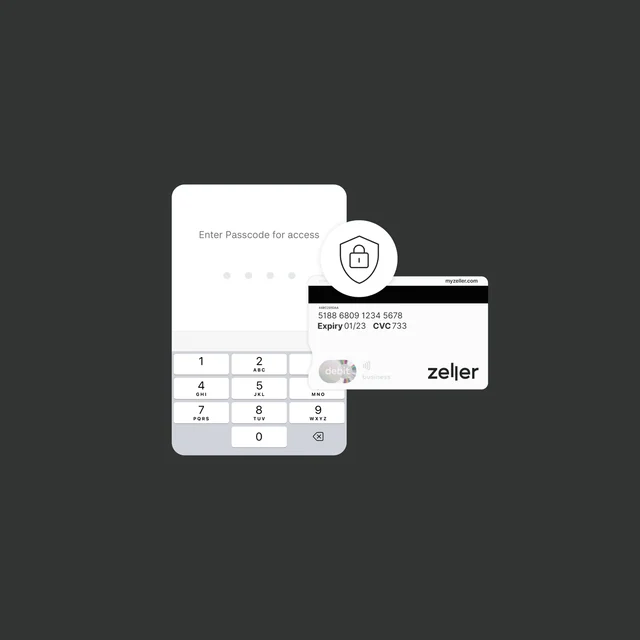
How and when to file a chargeback dispute.
If someone requests a chargeback from your business, the cardholder’s bank or credit card company (acquirer) will notify you. From there, you’ll have the option to challenge the chargeback. This is called a chargeback dispute.
After being notified of a chargeback, you will be given a deadline before which you can dispute the claim. Timeframes will vary from one acquirer to the next, but on average the deadline is between 10 and 30 days from the time you are notified. If you miss the deadline, you will automatically lose the chargeback dispute.
When you are notified about a chargeback, you will be given a reason for the dispute, such as, the customer did not receive their goods or that the item was defective. If you choose to challenge the chargeback, it’s essential that you compile evidence that directly addresses the chargeback reason. For example, if the reason indicates that the customer didn’t receive the item, you should submit any delivery information you have that supports the claim that they did indeed receive the item.
Without sufficient evidence, banks are almost always going to side with the customer.
How are chargebacks managed at Zeller?
No chargeback fees. Unlike other financial service providers, Zeller will not charge your business additional chargeback fees, and our dedicated Account Services team will work with you to compile information to help you defend the chargeback, too.
3D secure authentication. When you accept payments with Zeller Invoices or Pay by Link, merchants are provided with an additional layer of protection to deter unauthorised card use. 3D Secure (also known as 3DS) authentication may prompt the cardholder to enter a one-time passcode or a similar authentication step on their banking app in order to proceed with the payment.
24/7 transaction monitoring. When you accept payments with Zeller, you’re not alone. Behind every transaction is a team of anti-fraud experts and 24/7 monitoring that – in addition to the best practices outlined above – will reduce your risk of chargebacks. You can transact with confidence knowing that our dedicated team works hand-in-hand with advanced tools to successfully identify and act on suspicious activity.
Chargeback dispute support. In the event that a chargeback does occur, our payment disputes team is here to support you. We will deal with the bank to help save you hours on the phone, and we will not charge you a fee. Plus, if you’re ever unsure, you can contact our support team from 9AM to 1AM, Australian Eastern Time, and you can read more about how Zeller keeps your business safe here.
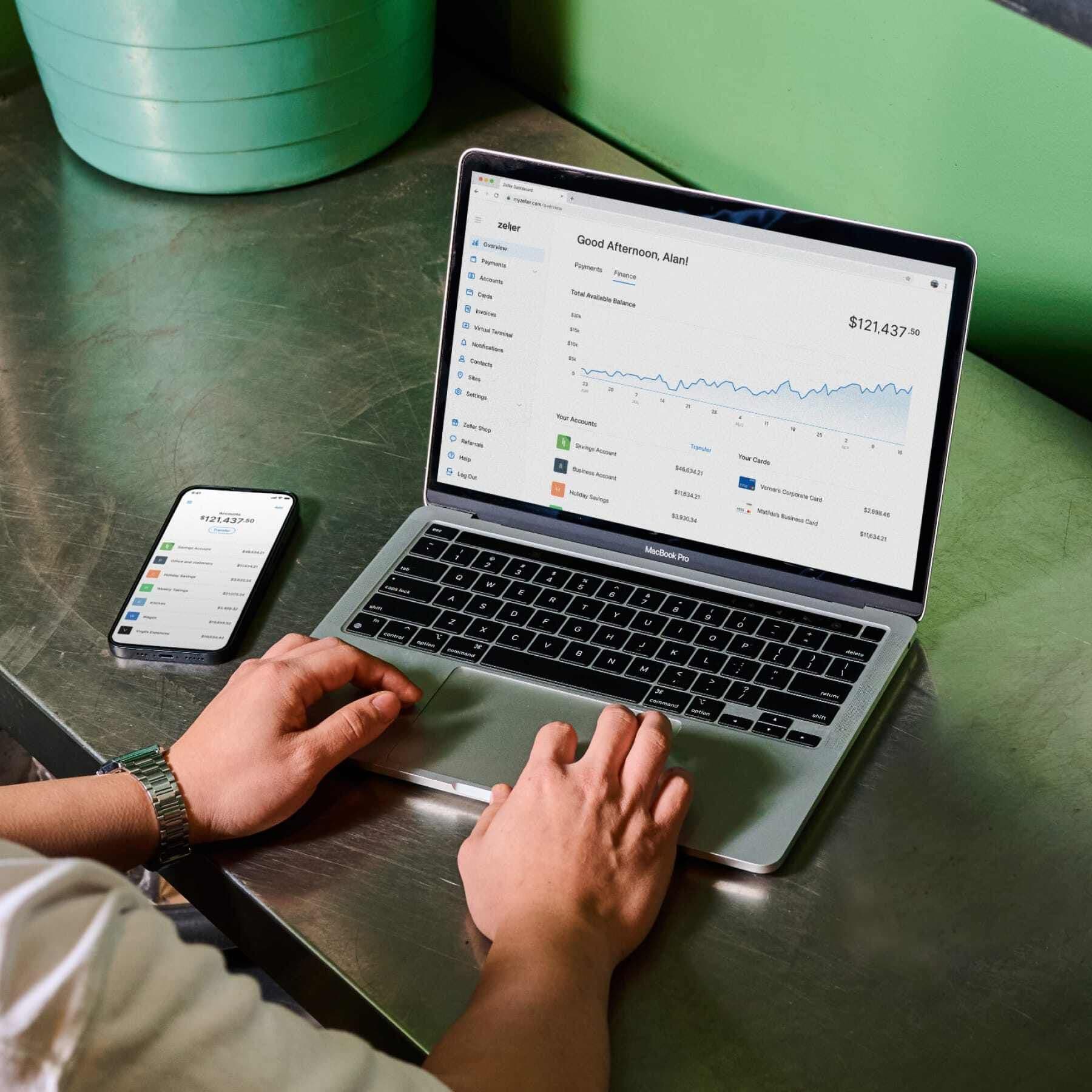
Keep your business finances safe with Zeller.
Payments, accounts and cards trusted by thousands of Australian businesses.

